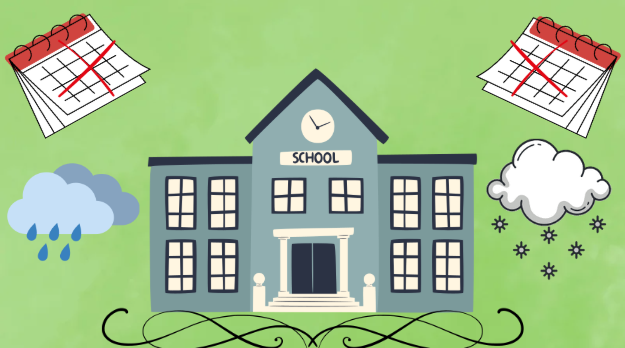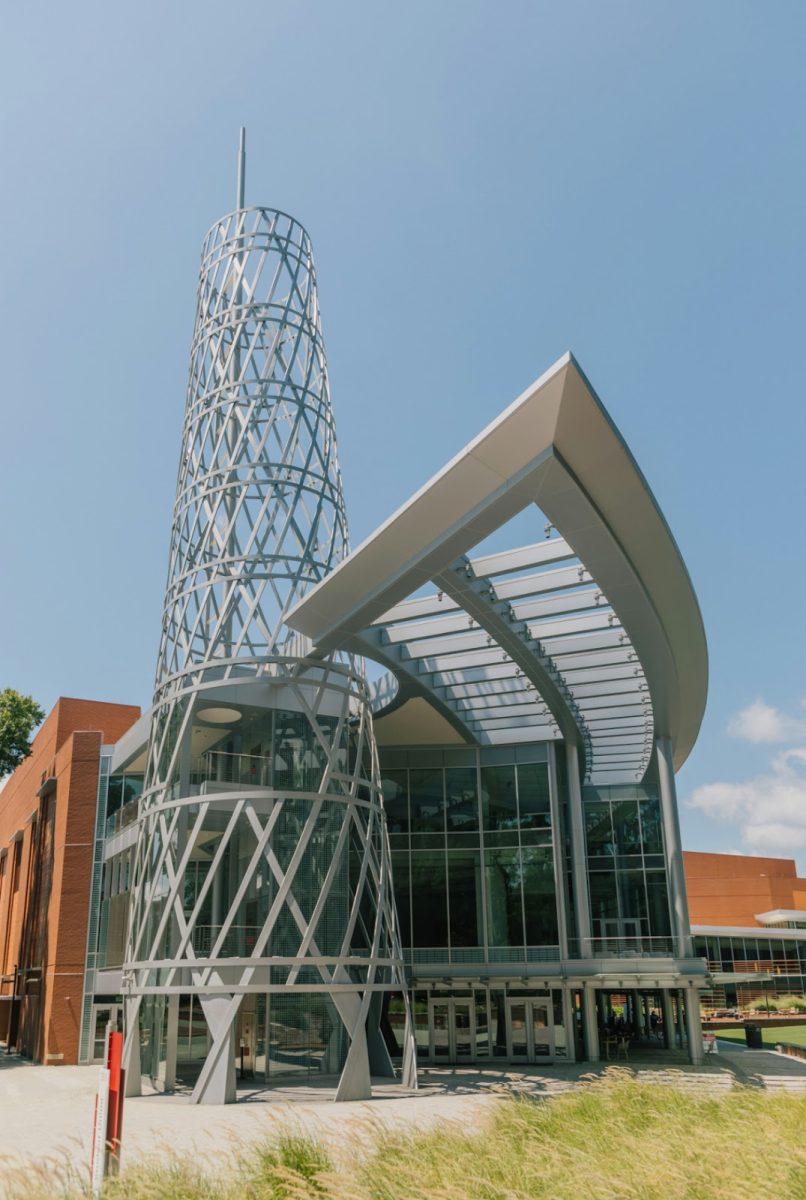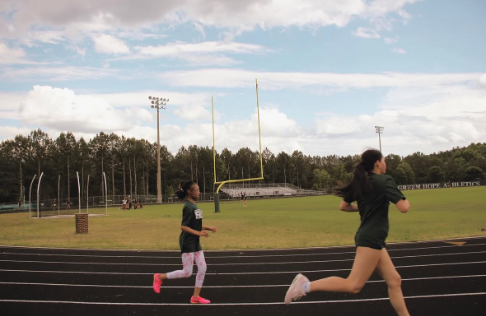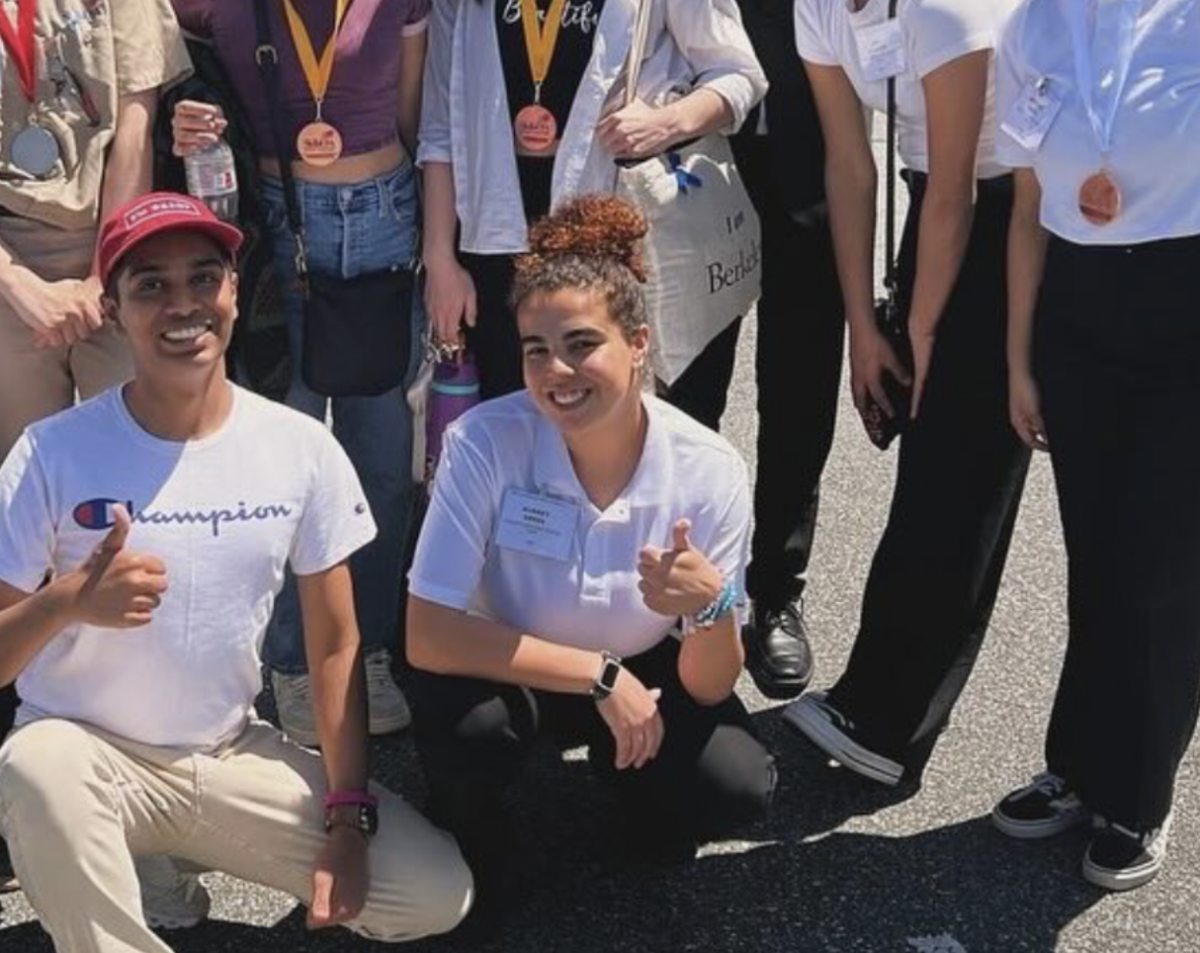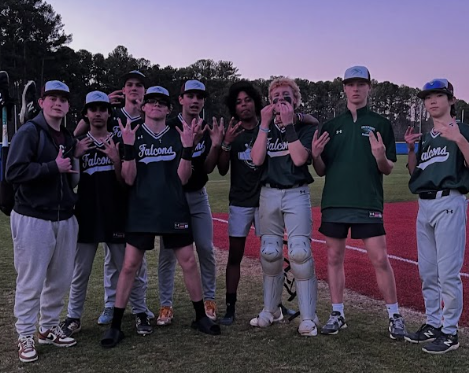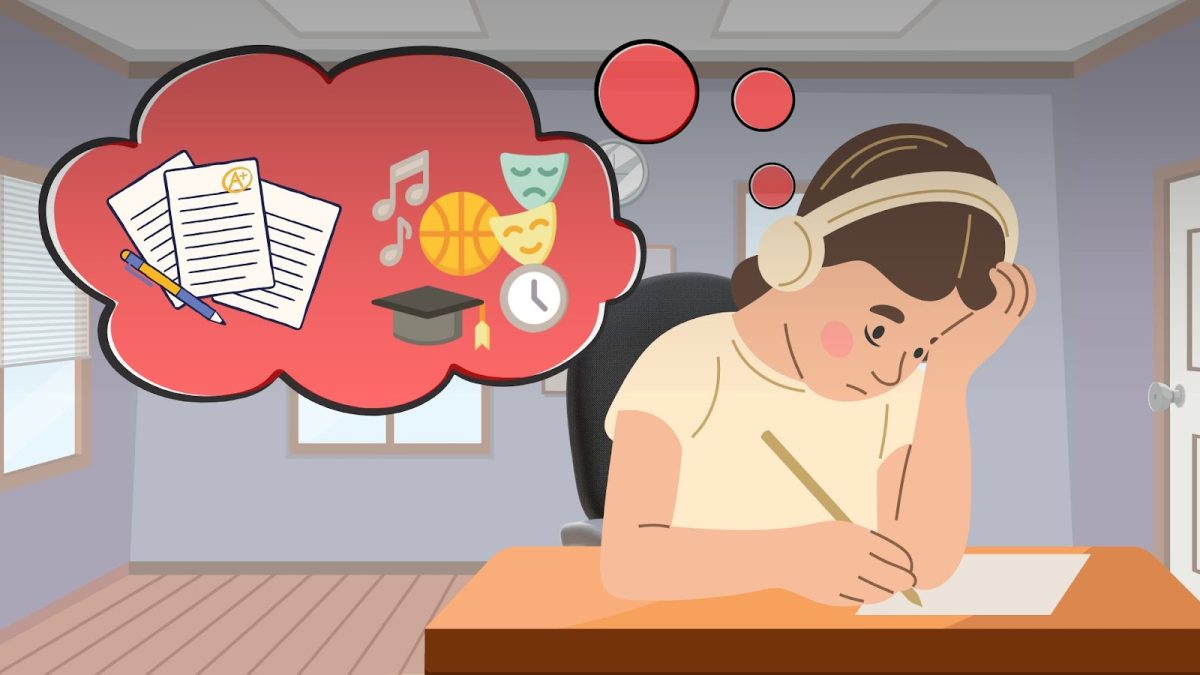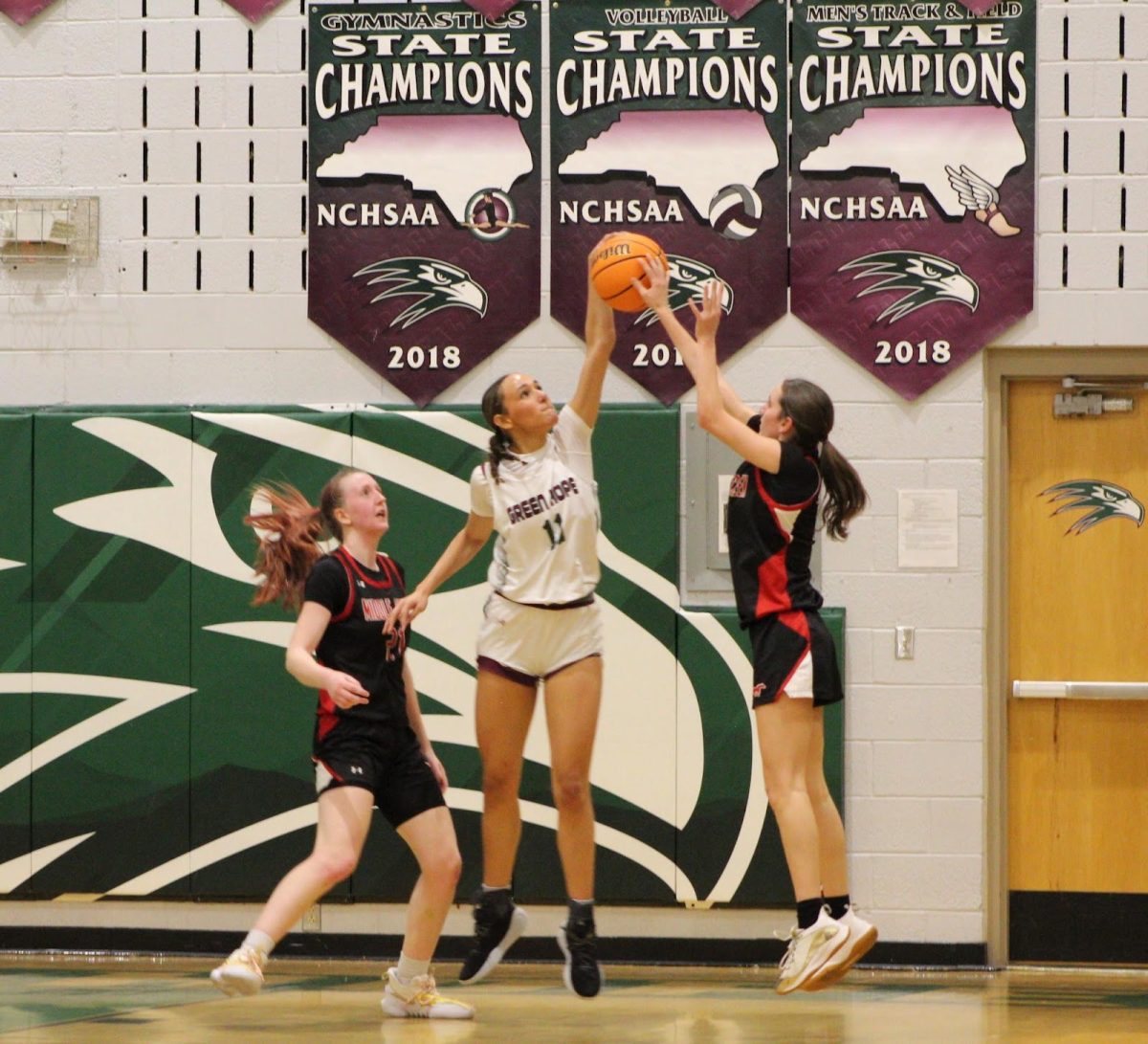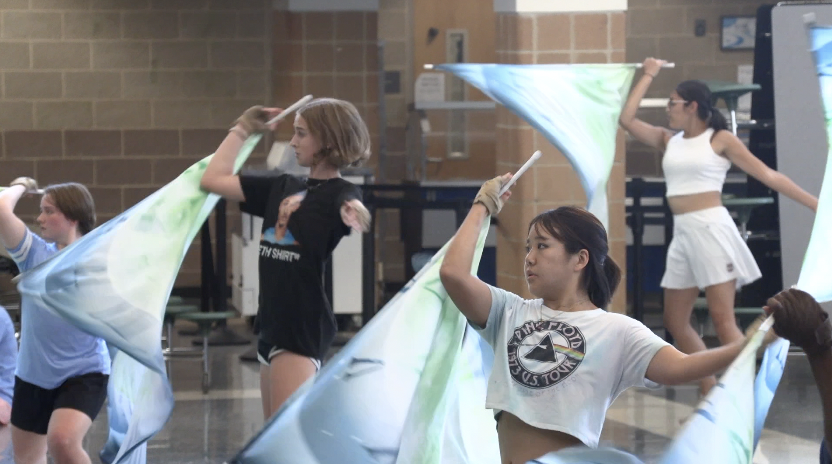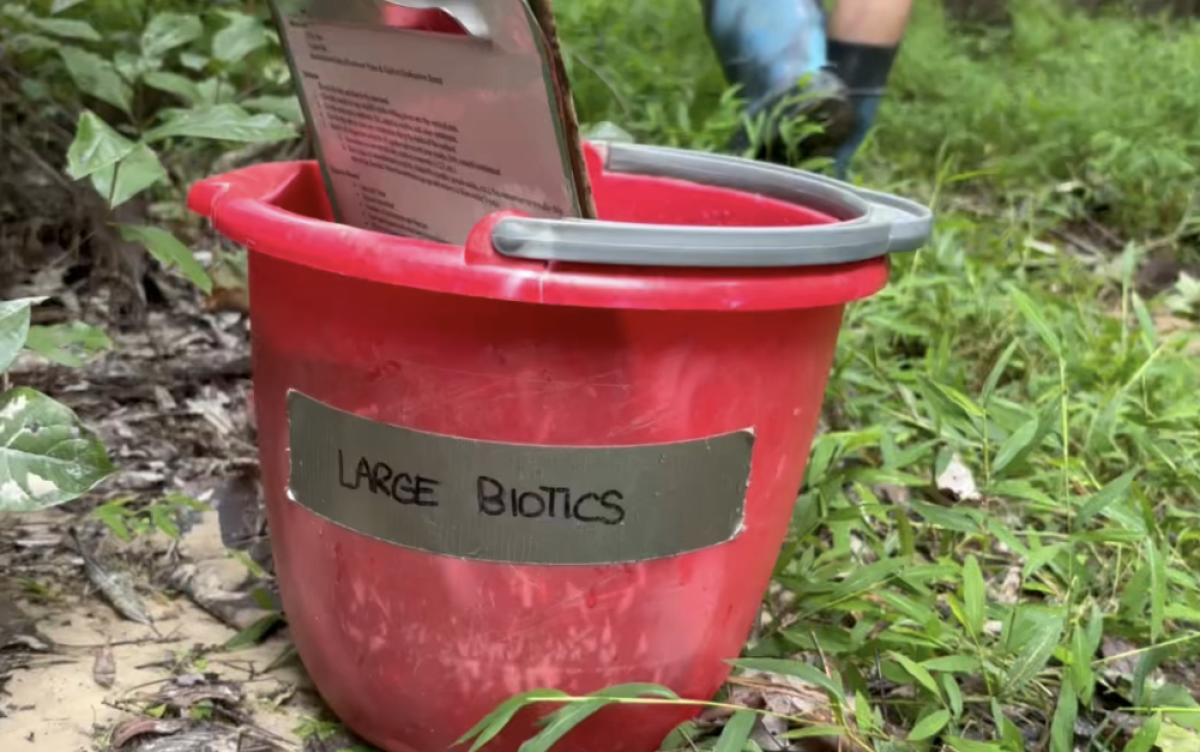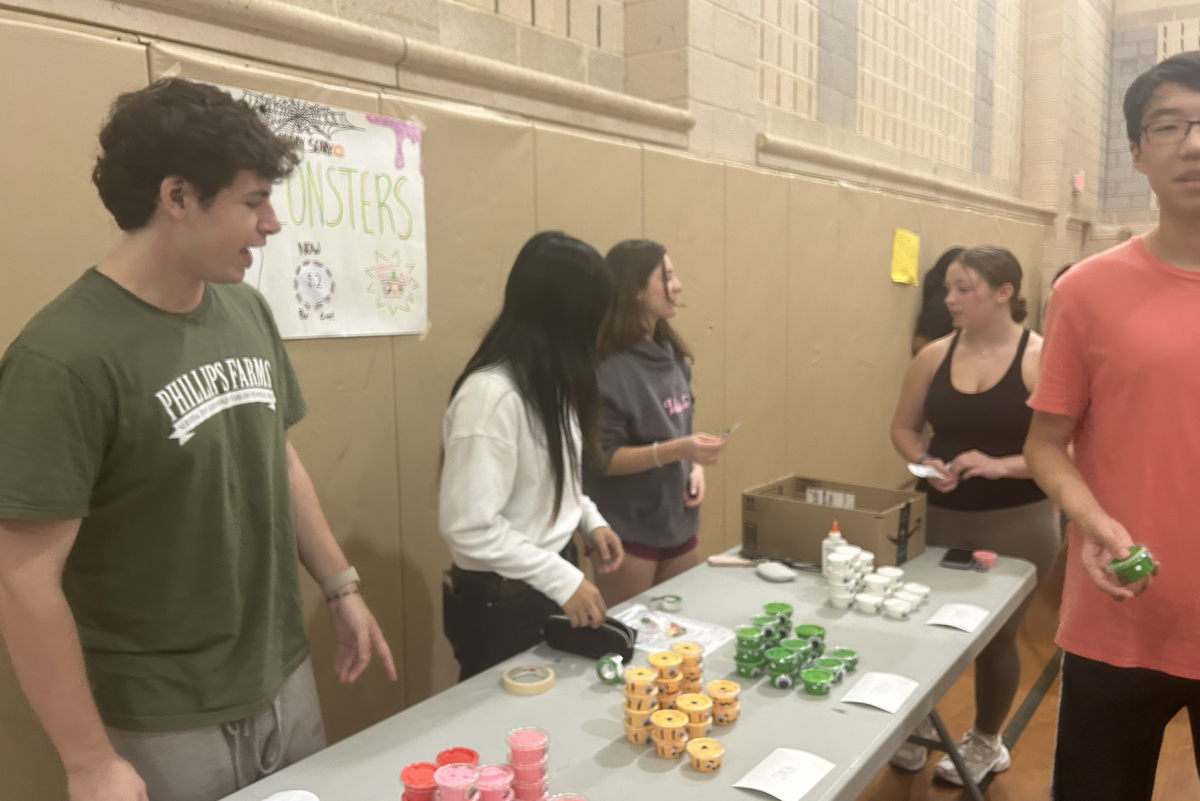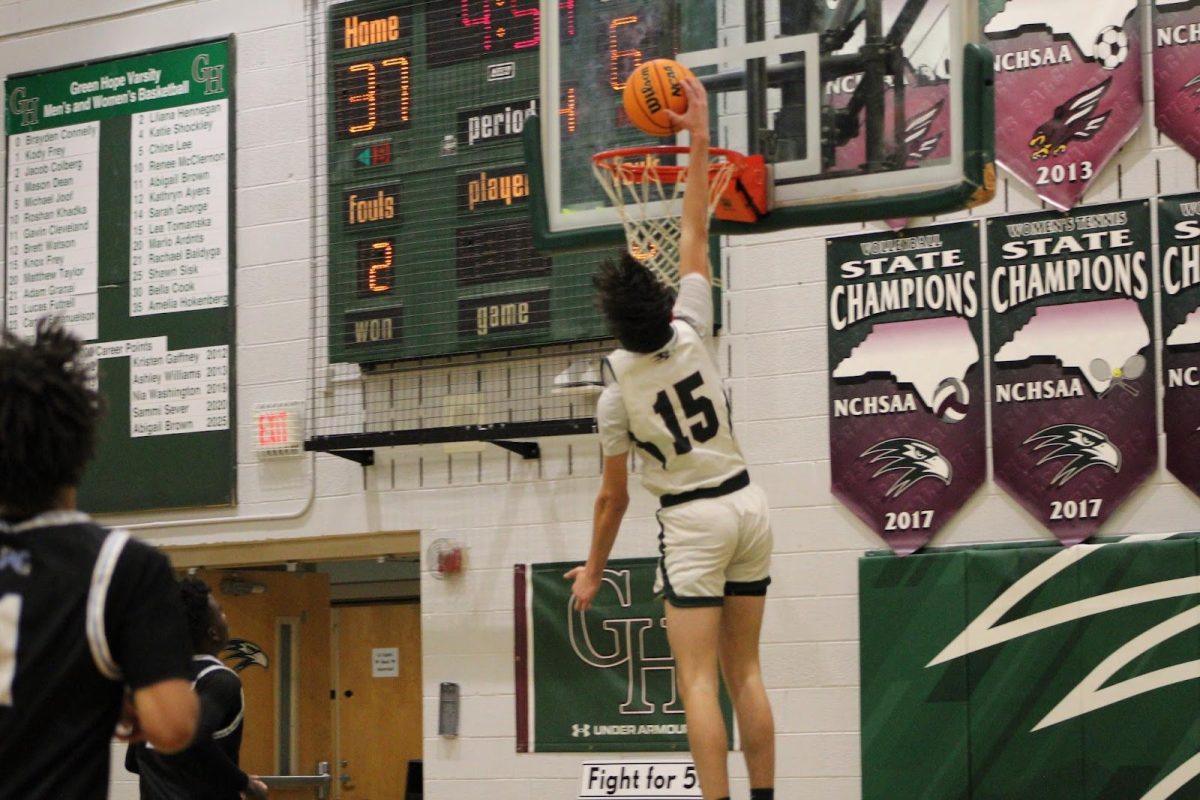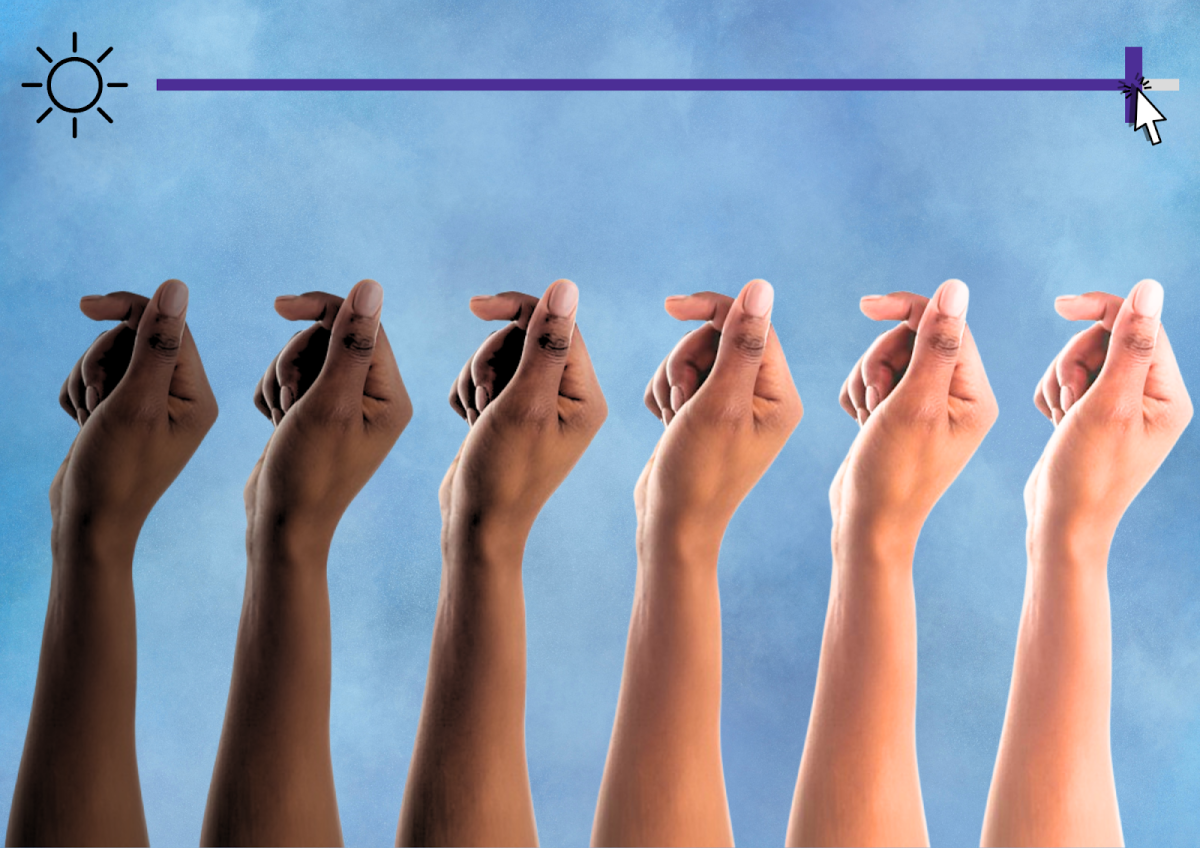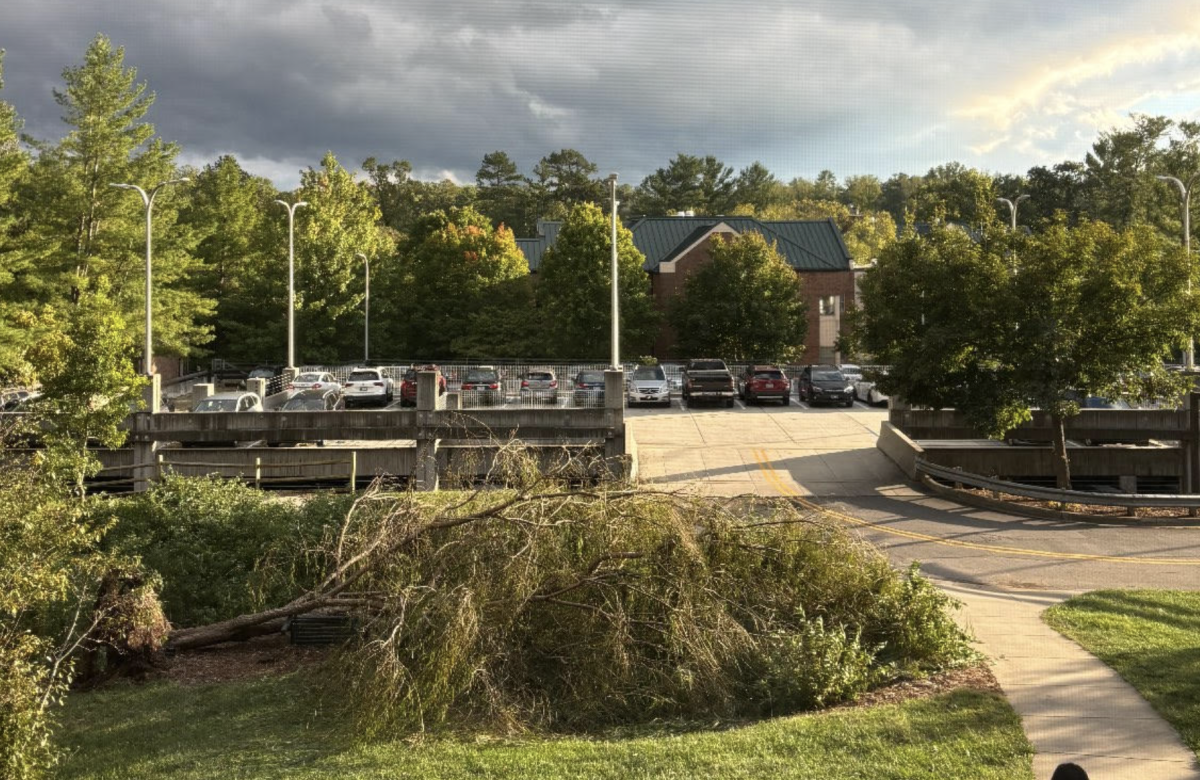Removal of county-wide Free Lunch Program sparks discussion

Green Hope High School Commons filled with the student body during lunch.
October 5, 2022
“There is no such thing as a free lunch.” This famous saying manifests itself once more with the expiration of the temporary Wake County free school lunch policy, which was created to offset difficulties during the start of the COVID-19 pandemic. Although there is still a free lunch program, it is no longer available to all students. The price of a standard school lunch increased by 25 cents this year. Losing universal free lunch leads to a variety of consequences within the Green Hope community.
The majority of students took advantage of the free lunch program last year. Lunch lines seemed busier when the lunches were free. The number of students buying lunch from last year to this year has reduced dramatically.
According to Lakisha Howard, one of the Green Hope cafeteria managers, “the number of students buying lunch has changed drastically. It was about 700 students last year, but now it’s around 200.” With this 71% decrease in lunch purchases, a strain is placed on those that rely on free lunch.
Students who can no longer afford school lunches are impacted in a variety of ways. Administrators at Green Hope have a unique understanding of just how important nutrition is to a school community.
“Students who may not otherwise have the opportunity or the resources to bring food from home or who don’t have the money to pay for the food are definitely going to be impacted,” said Mrs. Nina Scott-Emuakpor, a Green Hope administrator.
Although universal free lunch has been removed, there are alternatives that some students may not realize are out there. Ms. Scott-Emuakpor explained this process. She said, “There’s a form they can fill out to qualify for free or reduced lunch, but sometimes the people that do qualify for that don’t feel comfortable turning in that form or going through the line.”
One positive aspect of the reduction has been the lowered wait time in the lunch line. “Last year was chaotic for sure. The lunch line would be really long, and it almost took 20-30 minutes to get to the actual lunch area,” said Ahona Chakraborty, a senior who usually buys school lunch. “This year, it has reduced a lot. Now it takes about 5-10 minutes.”
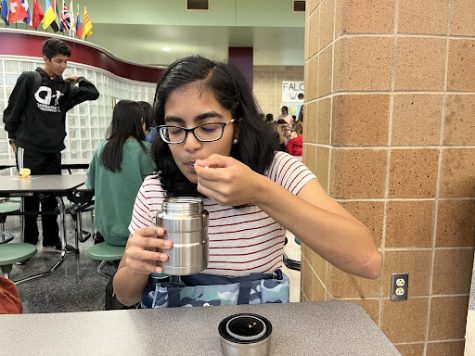
The policy has also resulted in less food being thrown away. Ms. Howard said, “When school lunches were free, people tended to get the food even though they weren’t eating it.” This resulted in a lot of waste. Now, only the people who actually want the lunch will buy it. “This year, they are actually eating the school lunch, which means less waste,” said Ms. Howard.
The new school lunch policies have had mixed results. While the policies may have presented new challenges for lower-income students, they have also created unanticipated benefits for both students and lunch workers.






